Earth news stories

Discovery of 19.5-metre tree with roots, branches and leaves is unprecedented, say experts
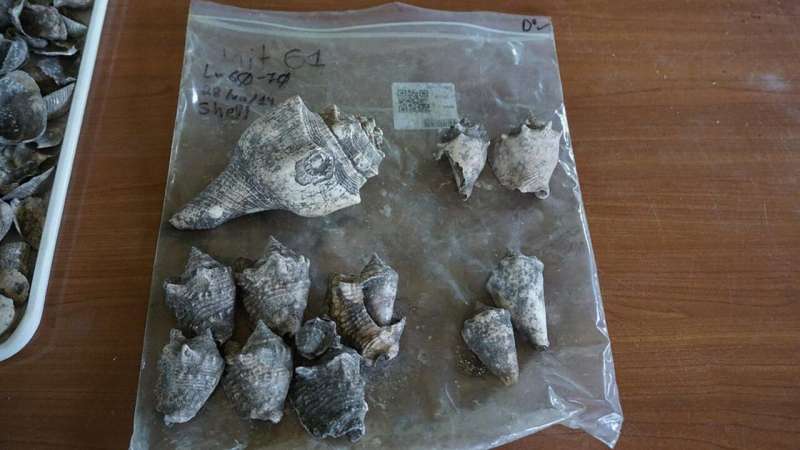
In Wonderland, Alice drank a potion to shrink herself. In nature, some animal species shrink to escape the attention of human hunters, a process that takes from decades to millennia.
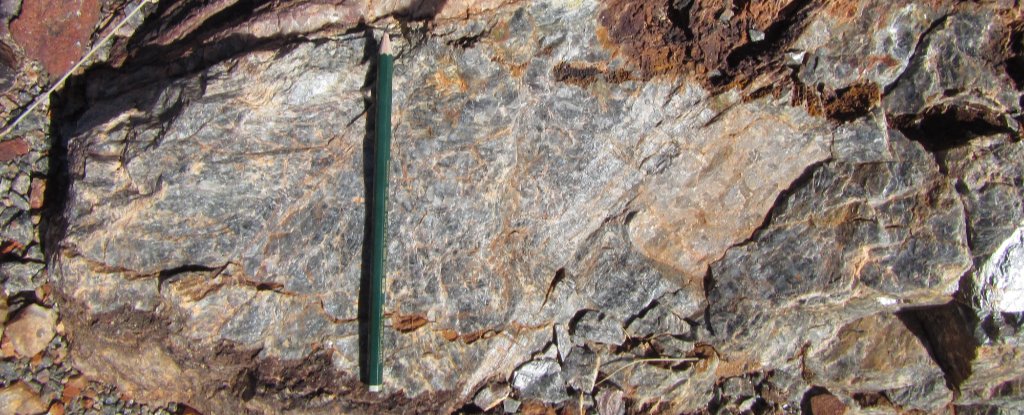
Researchers have discovered organic molecules trapped in incredibly ancient rock formations in Australia, revealing what they say is the first detailed evidence of early chemical ingredients that could have underpinned Earth’s primeval microbial life-forms.

The most recent reversal of Earth’s magnetic field may have been as recent as 42,000 years ago, according to a new analysis of fossilised tree rings.

Permafrost-preserved teeth, up to 1.6 million years old, identify a new kind of mammoth in Siberia.

Earlier studies have suggested that growing numbers of “big-game” hunting humans in the Americas some 14,000 years ago led to large mammals being wiped out.
Image from: Merikanto (Wiki Commons)

Fungi have been discovered making fake flowers that look and even smell like the real thing, fooling bees and other pollinating insects into visiting them.

A “sungrazed” comet may be responsible for the extinction event around 66 million years ago.

The fish on antidepressants seemed to lose their capability for individuality as a result of their exposure, with variations in behaviour between separate animals diminishing as the dose got stronger.

The inadvertent discovery of sea life on a boulder beneath an Antarctic ice shelf challenges our understanding of how organisms can live in environments far from sunlight, according to a team of biologists.
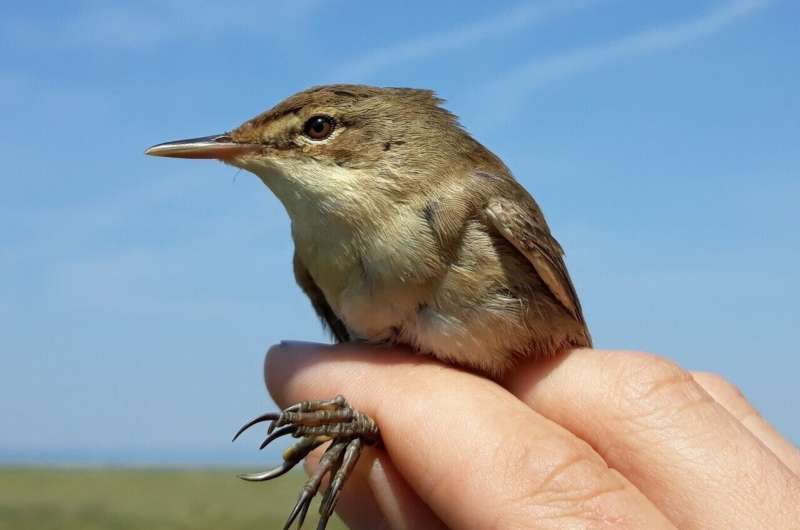
Birdwatchers get very excited when a ‘rare’ migratory bird makes landfall having been blown off-course and flown beyond its normal range. But these are rare for a reason; most birds that have made the journey before they are able to correct for large displacements and find their final destination.
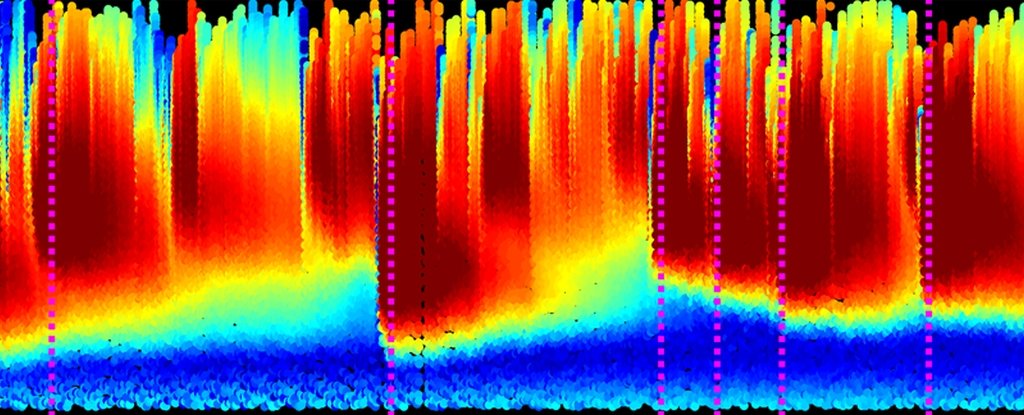
When you look up at the sky, the region of space around Earth may look as clear as a song, but there’s a heck of a lot going on out there that we can’t see.

The oldest evidence of land fungus may be a wee microfossil that’s 635 million years old, found in a cave in southern China.

Deep – really deep – in the Antarctic ice, scientists have found jarosite, a tawny-hued mineral that’s rarely found on Earth, but seems to be curiously abundant on the red planet.

When Harvard professor Avi Loeb discovered possible signs of extraterrestrial activity, it caused a scandal in the research community. Is fear and conservatism stopping science from considering plausible evidence that there are aliens out there?
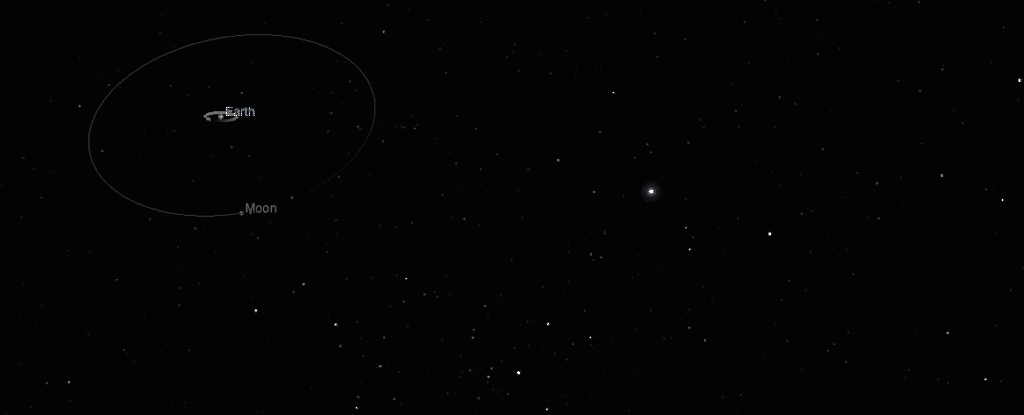
“What second moon,” you ask? Astronomers call it 2020 SO – a small object that dropped into Earth’s orbit about halfway between our planet and the moon in September 2020.








